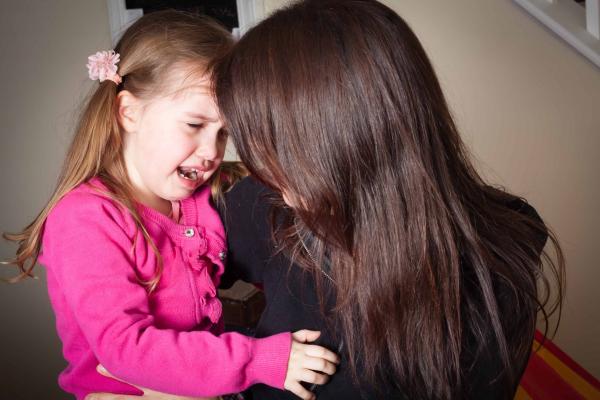
Parenting isn't easy, especially if you're stressed out with the daily challenges of life and work.
That's why it's always good to remind yourself of what you can and can't control.
On Friday, Positive Parenting Solutions, an organization that helps parents, posted a chart explaining the differences between the two.
This chart helps remind parents what they can teach their children about self control. Children are often busy bodies who can break down from the slightest mishaps, which is why it's important parents teach them about self control from a young age.
"Teaching self-control is one of the most important things that parents can do for their kids because these skills are some of the most important for success later in life," according to parenting resource KidsHealth.
This lesson comes at a time when the majority of Americans (53 percent) feel parents are not teaching or disciplining their kids sufficiently, according to the American Family Survey.
Teaching children about self-control varies by age. For infants and toddlers, it's important for parents to prevent outbursts by distracting them from their toys or games. Timeout becomes applicable once children turn 2, KidsHealth explained.
As children age, timeout can still be used, as long as children know the time limit for their offense. Parents can also start praising their child when they avoid an outburst or losing control.
This strategy can continue as children start attending school, KidsHealth explained. To help their children best learn self control, parents will want to make sure they know the consequences of their actions and how it can shape their future, especially when they become teens.
"If necessary, discipline your teen by taking away certain privileges to reinforce the message that self-control is an important skill," KidsHealth explained. "Allow him or her to earn the privileges back by demonstrating self-control."

